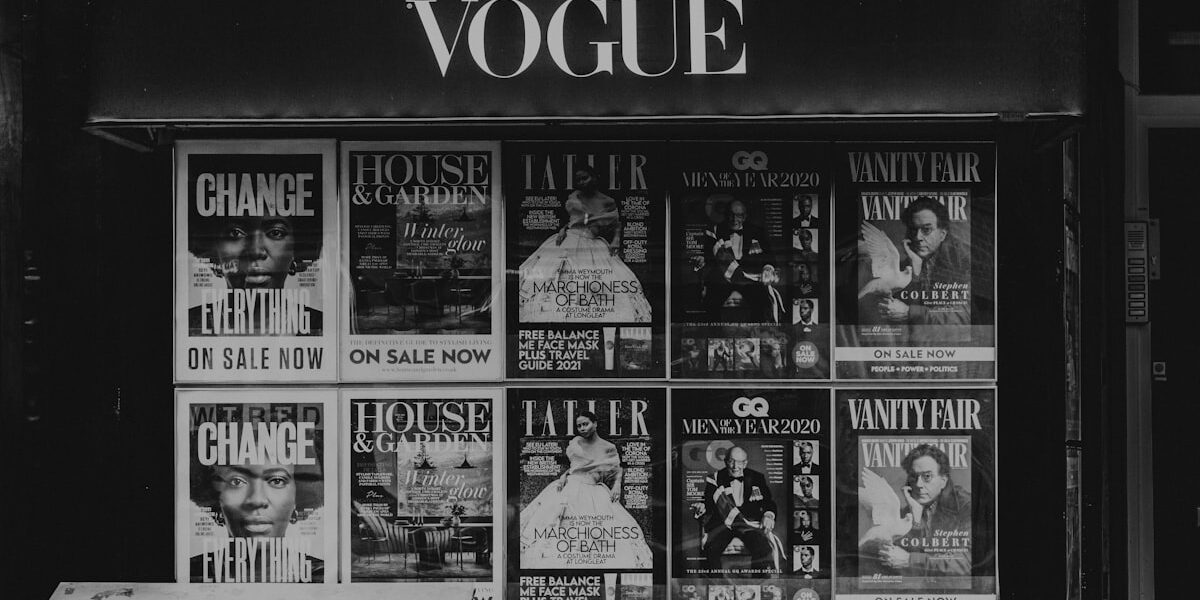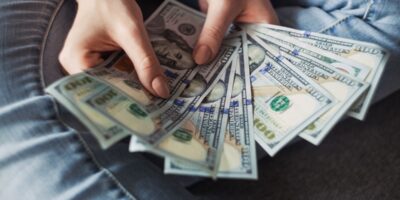Understanding Chopmarks: A Historical Numismatic Phenomenon
Coins with additional marks are intriguing artifacts of history. These marks are known as chopmarks. They offer a glimpse into the past practices of trade and authenticity. Chopmarks were primarily used on silver trade dollars.
Origins and Purpose
The concept of chopmarks originated in East Asia. During the 18th and 19th centuries, trade was flourishing across the globe. Countries like China and Japan were involved in extensive trade. They often dealt with foreign merchants. In such a busy ecosystem, trust was crucial. Not everyone would accept a coin just because it looked genuine. There were concerns about counterfeiting and coin debasement.
- Chopmarks served as a sign of trust.
- These marks indicated that the coin had been tested and verified.
- Merchants or banks left these marks after verifying the silver content.
By marking the coin, they signaled its authenticity to others. This allowed for smoother transactions. In absence of modern technology, these marks were the best assurance available.
Chopmarks on Trade Dollars
Trade dollars were introduced with the intent to facilitate trade. The most notable ones were the Spanish 8 real coin, the Mexican peso, and the U.S. trade dollar. Each had its own reach and era of influence. Merchants liked these coins for their silver content and standardized weight. When they reached the shores of China and other Asian nations, chopmarks became a common sight on them.
- The presence of chopmarks did not diminish the coin’s value.
- In fact, the more marks, the more trust it signaled.
- A coin with several marks indicated that many had accepted its authenticity.
Collectors today often seek chopmarked coins for this reason. They represent a narrative of the coin’s journey, reflecting its acceptance by numerous hands in trade.
Tools and Techniques
The art of chopmarking varied. Generally, a tool similar to a small punch was used. This tool had an engraved design or pattern. The merchant would strike it onto the coin with a hammer. The indentation left behind bore the unique mark of that merchant or banking house.
- Some chopmarks were intricate, resembling miniature artworks.
- Others were simple symbols or even just abstract shapes.
- Size and depth varied, with some marks being subtly impressed while others were quite pronounced.
Each mark had meaning, whether indicating a family symbol, a business emblem, or sometimes just an abstract verification sign. Authenticating these coins today through their chopmarks is akin to deciphering an ancient code.
Regional Variations
Chopmarks varied from one region to another. In China, marks were predominantly used on American trade dollars and Spanish reales. In Japan, however, the practice was less common. Yet, when it did occur, the marks were often accompanied by counterstamps.
- In Vietnam, merchants also employed chopmarking.
- This practice occasionally extended to local coins, modifying national currency.
- The Philippines saw minimal use, primarily sticking to silver dollar verification.
The use and acceptance of chopmarked coins meant that international trade could continue without unnecessary disputes about coin legitimacy.
Impact on Collectors and Historians
To a numismatist, chopmarks hold great value. Each mark is a relic of history, speaking volumes about the period’s economics and cultural exchanges. They tell tales of bustling ports, silver verifications, and global commerce.
- Some chopmarked coins are rarer than others, adding to their desirability.
- Historians use these coins to study trade routes and merchant interactions.
- Dedication and study are required to recognize and understand smaller, obscurer marks.
Each coin is a canvas of its journeys through various regions, accepted by countless traders due to the trust built through chopmarks.
Challenges in Interpretation
Chopmarks can complicate things. Distinguishing genuine marks from modern forgeries is challenging. The process demands expertise in ancient symbols and engraving styles. Misinterpretation of a mark can lead to incorrect assumptions about a coin’s origin or journey.
- There’s a fine line between damage and a deliberate mark.
- Excessive chopmarking can obscure the original coin’s details.
- The historical purpose and practice can sometimes get lost without proper analysis.
Yet it’s the challenge and mystery that entice researchers globally to delve deeper into this numismatic niche.
Modern Relevance
While chopmarks are primarily historical, they hold relevance today. They remind us of a need for trust and authentication in global trade. Modern parallels can be seen in security features of paper currency and mint marks on coins.
- Chopmarked coins often see a higher value in auctions due to their historical significance.
- The marks serve as an educational tool, highlighting past economic practices.
- Collectors encourage preservation, avoiding cleaning or erasing the marks to maintain authenticity.
Although technology has evolved, the fundamental principles of ensuring trust in currency remain unchanged over centuries.
Conclusion
Chopmarked coins stand as significant numismatic treasures. They provide insight into historical commerce, cultural interactions, and economies. These physical markings hold tales of centuries past, challenging modern collectors and historians to decipher their stories and preserve their legacy. Their existence in collections worldwide keeps the history of trade alive and visible, enabling us to appreciate the ingenuity required to navigate the currencies of the past.
“`
Recommended Collecting Supplies
Coin Collection Book Holder Album – $9.99
312 pockets for coins of all sizes.
20x Magnifier Jewelry Loupe – $13.99
Essential tool for examining coins and stamps.
As an Amazon Associate, we earn from qualifying purchases.


